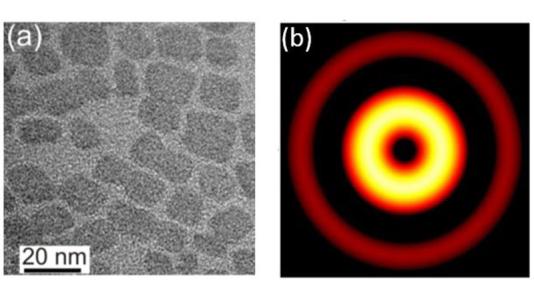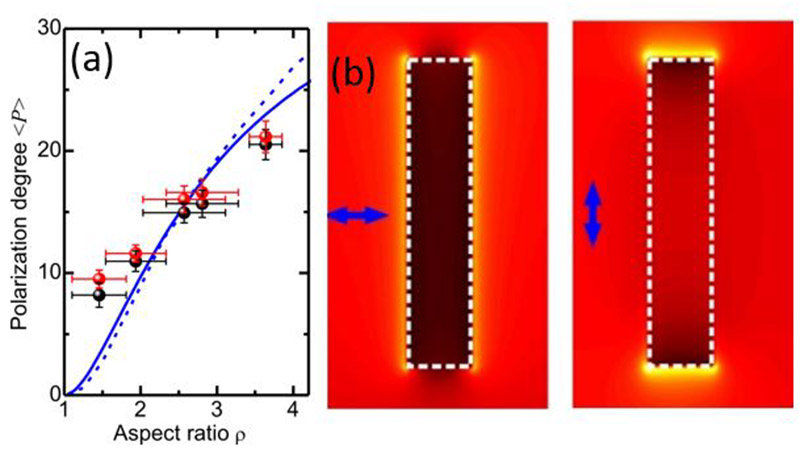
Scientific Achievement
We show how polarized single photon emission from semiconductor nanoplatelets can be achieved despite their 2D isotropic emission dipoles.
Significance and Impact
This work will further enable quantum optics and quantum network opportunities utilizing nanoscale single photon emitters by manipulating their emission polarization and directionality.
Research Details
- Absorption and emission dipoles of core/shell CdSe/CdS semiconductor nanoplatelets were studied using single particle spectroscopy at the Center for Nanoscale Materials (CNM).
- The study employed the quantum entanglement microscope and dry etching capabilities at the CNM.
DOI: https://doi.org/10.1021/acs.nanolett.8b00347
Work was performed in part at the Center for Nanoscale Materials.
About Argonne’s Center for Nanoscale Materials
The Center for Nanoscale Materials is one of the five DOE Nanoscale Science Research Centers, premier national user facilities for interdisciplinary research at the nanoscale supported by the DOE Office of Science. Together the NSRCs comprise a suite of complementary facilities that provide researchers with state-of-the-art capabilities to fabricate, process, characterize and model nanoscale materials, and constitute the largest infrastructure investment of the National Nanotechnology Initiative. The NSRCs are located at DOE’s Argonne, Brookhaven, Lawrence Berkeley, Oak Ridge, Sandia and Los Alamos National Laboratories. For more information about the DOE NSRCs, please visit https://science.osti.gov/User-Facilities/User-Facilities-at-a-Glance.
Argonne National Laboratory seeks solutions to pressing national problems in science and technology. The nation’s first national laboratory, Argonne conducts leading-edge basic and applied scientific research in virtually every scientific discipline. Argonne researchers work closely with researchers from hundreds of companies, universities, and federal, state and municipal agencies to help them solve their specific problems, advance America’s scientific leadership and prepare the nation for a better future. With employees from more than 60 nations, Argonne is managed by UChicago Argonne, LLC for the U.S. Department of Energy’s Office of Science.
The U.S. Department of Energy’s Office of Science is the single largest supporter of basic research in the physical sciences in the United States and is working to address some of the most pressing challenges of our time. For more information, visit https://energy.gov/science.
